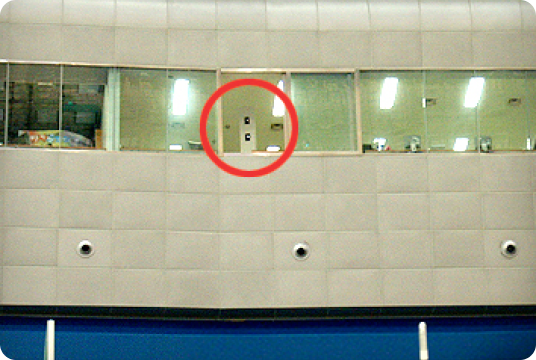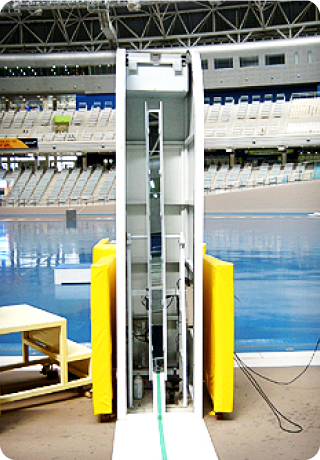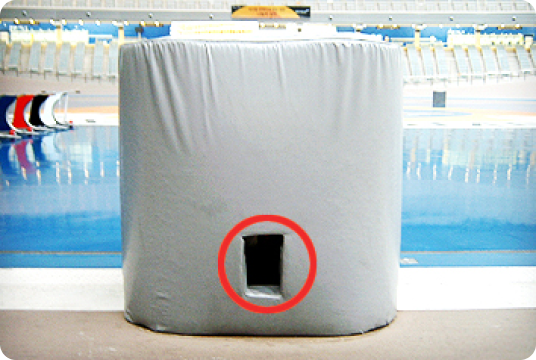

Please wait a moment!
The page is loading!


The page is loading!
Eyes and ears for a fair race Introducing cycling racing judgement systems
To guarantee fair race management in cycling, strict rules are enforced by referees, and various equipment allows for precise rulings.
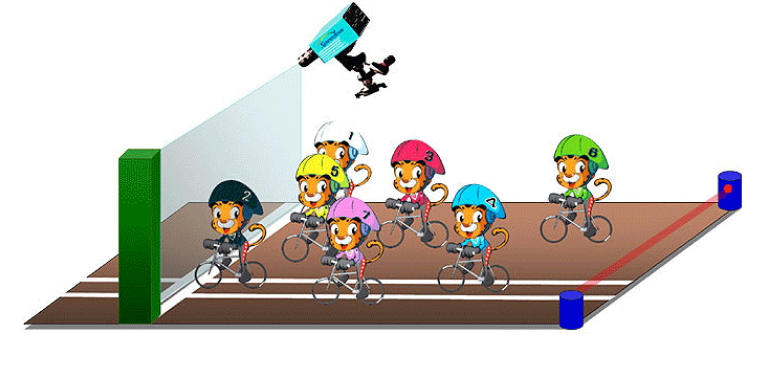
A line-scan camera fitted with a "slit lens," allowing light to pass through a 0.01mm fine gap, captures digital images of the 4cm-wide finish line at intervals of 1/2,000 of a second (2,000 frames per second).


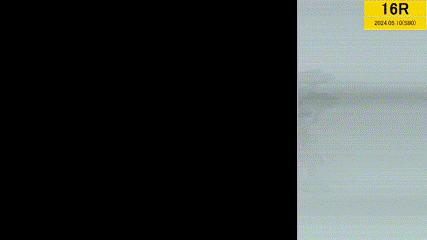
In cycling races, the standard for determining a rider's finish line crossing point is defined as the moment the foremost part of the wheel contacts the vertical plane of the finish line, except in cases where the rider and bicycle are fully separated due to a fall. (Cycling Enforcement Regulations Article 106, Paragraph 1)
If the rider and bicycle reach the finish line as a single entity, the determination is made based on the moment the foremost part of the wheel reaches the vertical plane.


If a fall occurs, but the rider and bicycle remain a single entity and reach the finish line, the determination is based on the foremost part of the wheel at the moment of crossing.

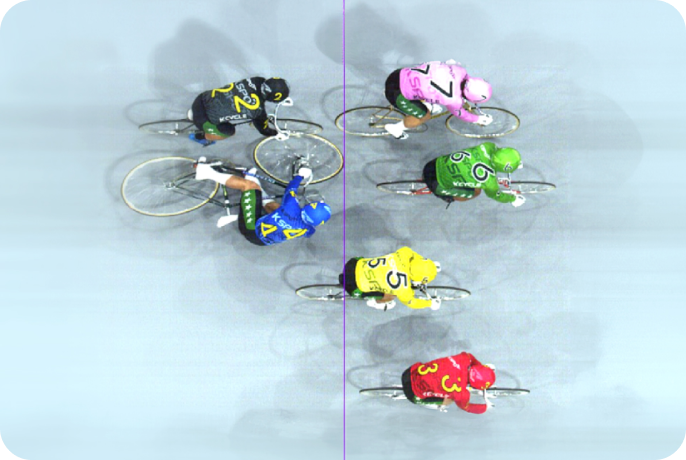
If a fall occurs, and the rider and bicycle are separated and reach the finish line, the determination is based on the foremost part of the trailing entity, whether it is the rider or the bicycle.
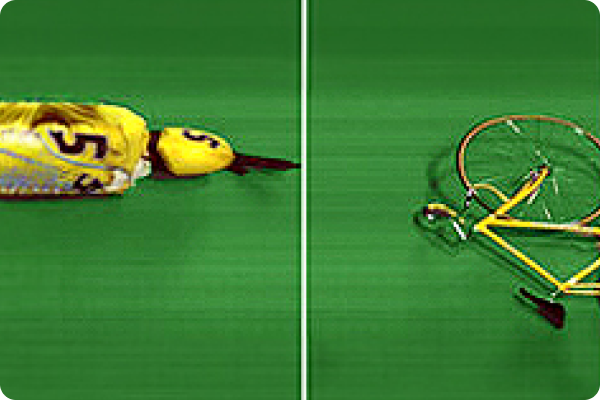
When the rider trails, the foremost part of the rider's body is used as the judgement point
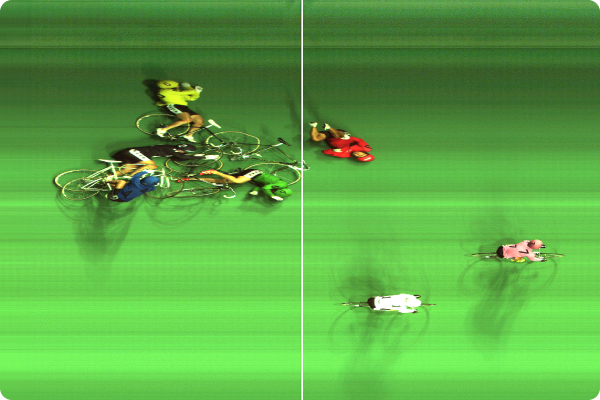
When the bicycle trails, the foremost part of the wheel is used as the judgement point, regardless of whether it is the front or rear wheel
When the time difference between riders arriving at the finish line is 1/1,000 of a second or greater, the placement is determined by order. However, if the time difference is less than 1/1,000 of a second (up to 1/2,000 of a second), it is judged as a tie.


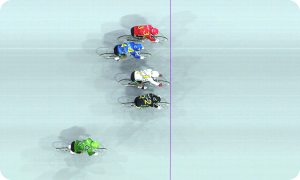
For ease of recognition, cursor lines are shown as solid coloured lines, and the colours may vary.
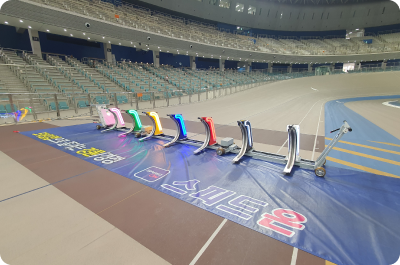
The starting gate operates via an electric signal triggered by the starting signal gun. This equipment ensures all riders commence the race simultaneously in a fair and safe manner.
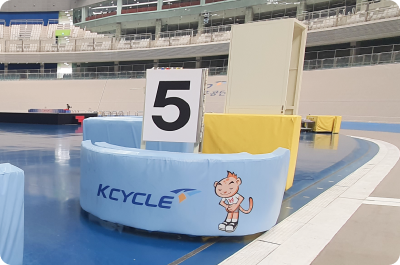
This board is used to indicate the number of laps remaining during the race.
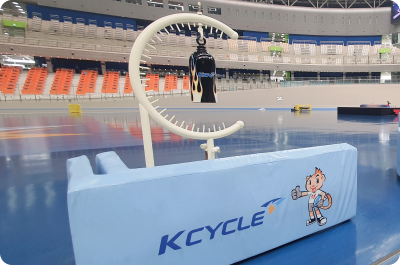
The bell signals the final lap during the race.
It rings from the backstretch line before the final lap to the home stretch line where the final lap begins.
